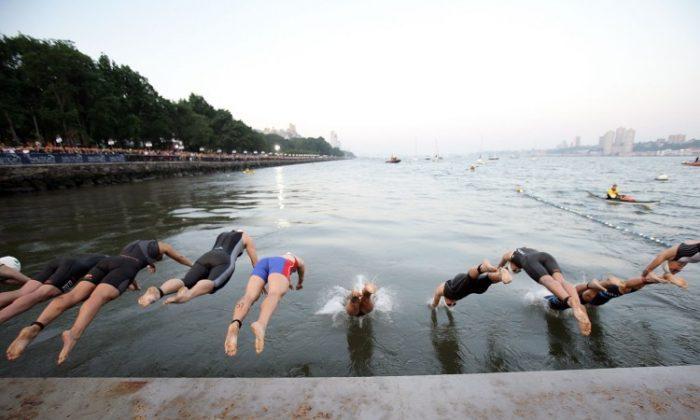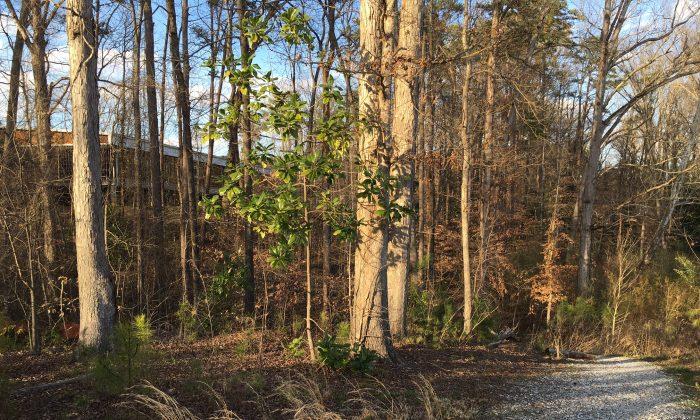Forty years ago this week, Congress passed landmark legislation that forced water quality standards on industry and changed the way Americans treat their rivers and wetlands.
The Oct. 18, 1972, passage of the bipartisan Federal Water Pollution Control Act Amendments of 1972 became the cornerstone of what would become the Clean Water Act (CWA).
“This bold legislation put forward by visionaries in Congress returned control of our nation’s waterways to the citizens of the United States as part of the public trust,” stated Robert F. Kennedy Jr., president of the Waterkeeper Alliance, in a statement marking the 2011 anniversary of the law.
The law implemented the National Pollutant Discharge Elimination System (NPDES), which required industry to seek permits to discharge waste, no longer allowing unmonitored dumping.
Water pollution had become so prevalent in cities across America in the mid-20th century that Ohio’s Cuyahoga River caught fire in 1969, which historically was one of its milder blazes, according to the Cleveland State University Department of History.
Called one of the most polluted rivers in the United States in the 1960s, the Cuyahoga had burned repeatedly since the 1930s. By the late ‘60s, industry along the river was beginning to diminish, so fires were not as severe as they had been.
A picture of a boat engulfed in flames from a worse 1952 fire made the cover of Time magazine in 1969 in a report on the smaller fire. Oily industrial runoff fed the flames, and dismay over the idea of a burning river fed public calls for protecting waterways.
New York’s Hudson River—historic, iconic, and so beautiful that a school of landscape painters is named for it—was once treated as a garbage can.
“Decades ago, I used to swim past factories and refineries dumping polluted waste right into Boston Harbor, and I dodged sewage and oily runoff in New York’s Hudson River … Today, our waters are far cleaner,” wrote Peter Lehner, executive director of the Natural Resources Defense Council, on the NRDC staff blog. “Industry has to follow strict guidelines for discharges and cities have cut down on sewage overflows. The last time I went swimming in the Hudson, the river felt fresh and bracing.”
The Hudson River is no longer subject to raw sewage and industrial discharge, but is still one of the largest Superfund sites in the country, contaminated with Polychlorinated biphenyls, or PCBs.










Friends Read Free